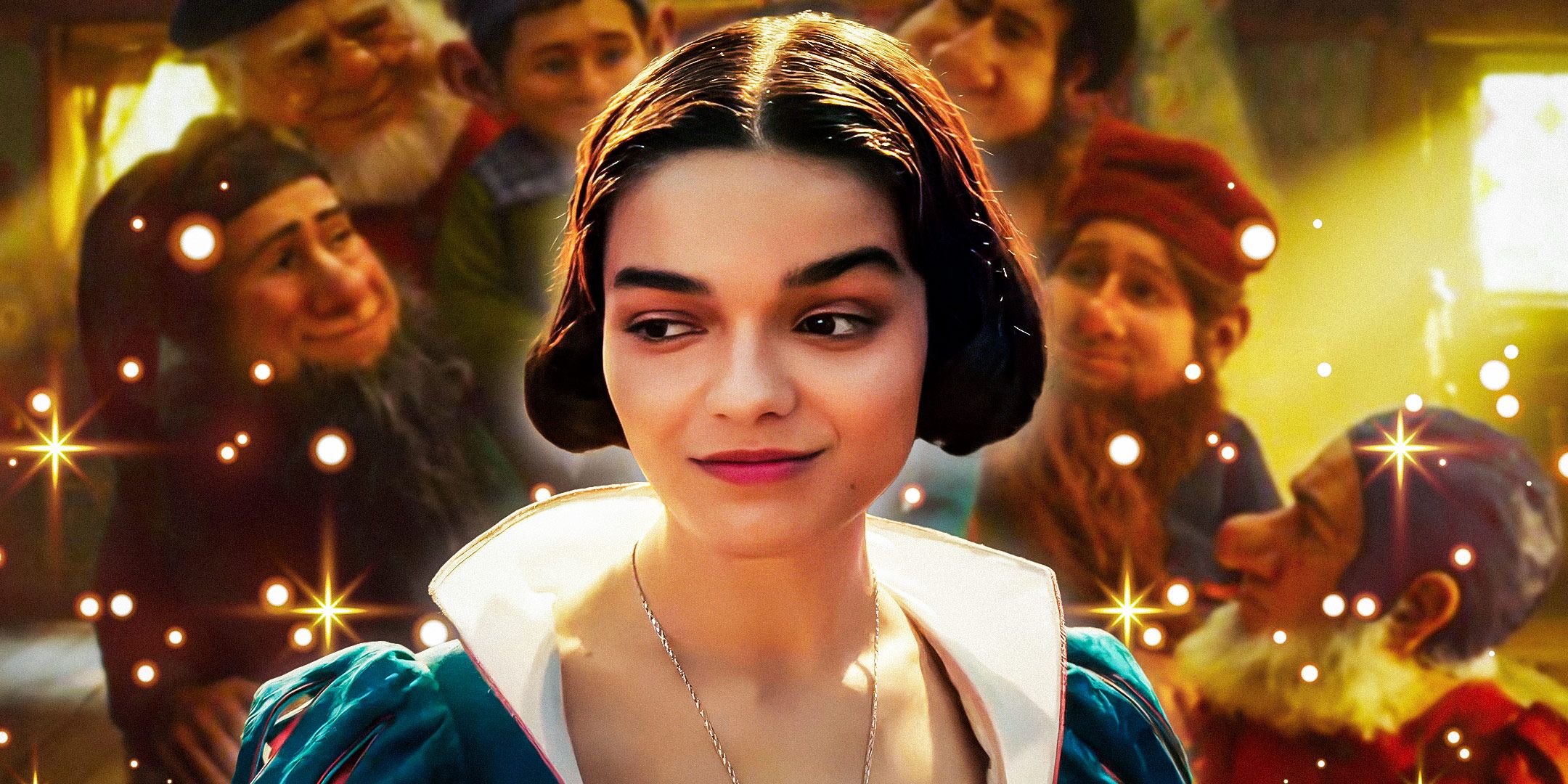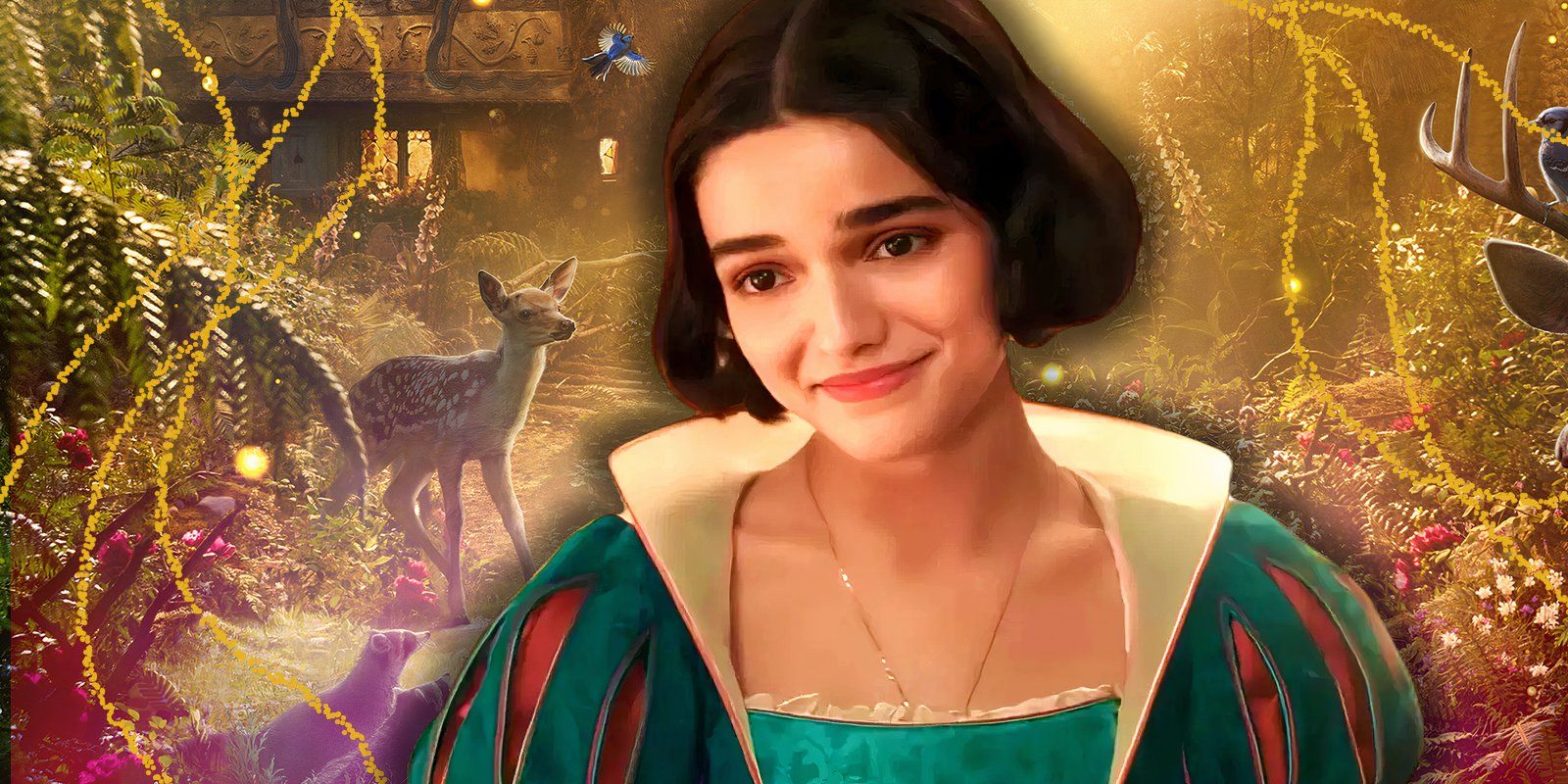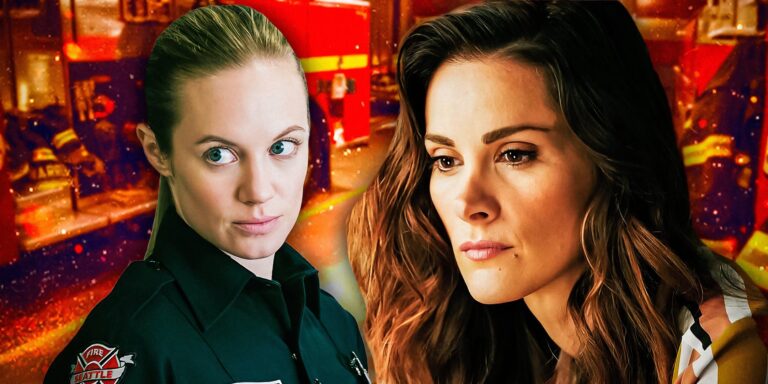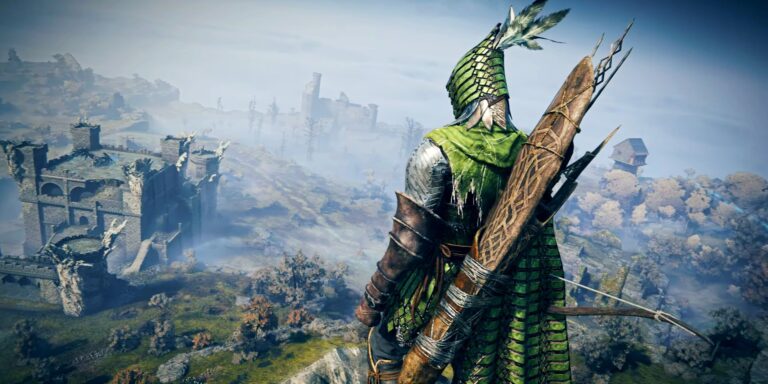Snow White is the newest in a long line of Disney’s live-action remakes, and the House of Mouse should keep some concerns in mind before it dives into the next one. Over the last couple of decades, Disney has proven that live-action remakes of original animated classics have great potential. Movies like The Jungle Books (1994) and Cinderella (2015) managed Rotten Tomatoes critic scores of about 80%, which is undoubtedly impressive. Unfortunately, Snow White and other live-action remakes performed far worse.
Though Disney’s live-action Snow White remake had potential, the film seemed to disappoint critics. It currently holds a 47% critic score on Rotten Tomatoes, with some reviews going as far as calling Snow White unwatchable. This isn’t the first time that a live-action remake has flopped. Within the last decade, Pinocchio (2022), Maleficent: Mistress of Evil (2019), Dumbo (2019), and more have failed to raise above a 50% score. This is concerning, especially since Disney hasn’t slowed down its plans to adapt more classics to live-action. So, there are several things the company should keep in mind.
|
The Rotten Tomatoes Critic Score Of Every Disney Live-Action Remake |
|
|---|---|
|
Title |
Score |
|
The Jungle Book (1994) |
80% |
|
101 Dalmatians (1996) |
41% |
|
102 Dalmatians (2000) |
31% |
|
Alice in Wonderland (2010) |
51% |
|
The Sorcerer’s Apprentice (2010) |
40% |
|
Maleficent (2014) |
54% |
|
Cinderella (2015) |
83% |
|
The Jungle Book (2016) |
94% |
|
Alice Through the Looking Glass (2016) |
29% |
|
Beauty and the Beast (2017) |
71% |
|
Christopher Robin (2018) |
72% |
|
Dumbo (2019) |
45% |
|
Aladdin (2019) |
57% |
|
The Lion King (2019) |
51% |
|
Maleficent: Mistress of Evil (2019) |
39% |
|
Mulan (2020) |
72% |
|
Cruella (2021) |
75% |
|
Pinocchio (2022) |
27% |
|
Peter Pan & Wendy (2023) |
64% |
|
The Little Mermaid (2023) |
67% |
|
Mufasa: The Lion King (2024) |
57% |
|
Snow White (2025) |
47% |
7
Disney’s Live-Action Remakes Have Relied Too Much On CGI
Example: Snow White’s Dwarfs
One of the most prominent complaints regarding the Snow White remake is that the seven dwarfs were brought to the screen through CGI rather than live actors. It seems that Disney hoped to maintain the animated feel of these magical beings, but the result was, ultimately, unsettling. This same complaint has popped up for several of Disney’s live-action remakes, especially those that mixed real actors with CGI creatures.
The Little Mermaid (2023) is another that struggled in this regard. While the movie managed a fair 67% Rotten Tomatoes critic score, the CGI sea creatures didn’t look natural next to real-life people. Disney must find a way to eliminate that “uncanny valley” sensation that the movies inspire. Or, it may be better for the House of Mouse to entirely avoid movies that mix humans and animals into live-action.
6
Disney’s Live-Action Remakes Often Shift The Themes Of The Originals
True Love Now Takes A Back Seat
Another reason Snow White struggled to impress is that the themes of the 1937 movie were shifted. In the remake, Snow White no longer wished for true love; instead, the movie focused on her aspiration to live up to her father’s rule. While it’s clear that Disney is attempting to avoid the old stereotypes that older movies often adopt, overly modernized remakes have proven themselves a problem.
While it’s clear that Disney is attempting to avoid the old stereotypes that older movies often adopt, overly modernized remakes have proven themselves a problem.
Some Disney remakes have managed this better than others. The elimination of Snow White’s big wish in 2025’s Snow White was frustrating, but Jasmine’s desire to be sultan in Aladdin (2019) was far better handled. In the latter case, changing Jasmine’s desires didn’t shift the overarching themes of the movie, so the adjustment felt organic in the end. This is a lesson Disney must apply to its future projects.
5
Disney’s Live-Action Remakes Haven’t Prioritized Vocal Talent When Casting
Live-Action Movies Have Sometimes Had Different Priorities
Among Disney’s more concerning choices with its live-action remakes is the casting of actors with minimal vocal experience. Most of these movies are musicals, and it’s terribly obvious when the chosen stars are unable to sing their respective songs. Rather than cast singers, extensive audio editing was used to keep the stars on key. In the case of Snow White, Rachel Zegler did a phenomenal job performing her various songs. However, movies like Beauty and the Beast (2017) were criticized for casting Emma Watson only to edit her singing voice past the point of recognition.
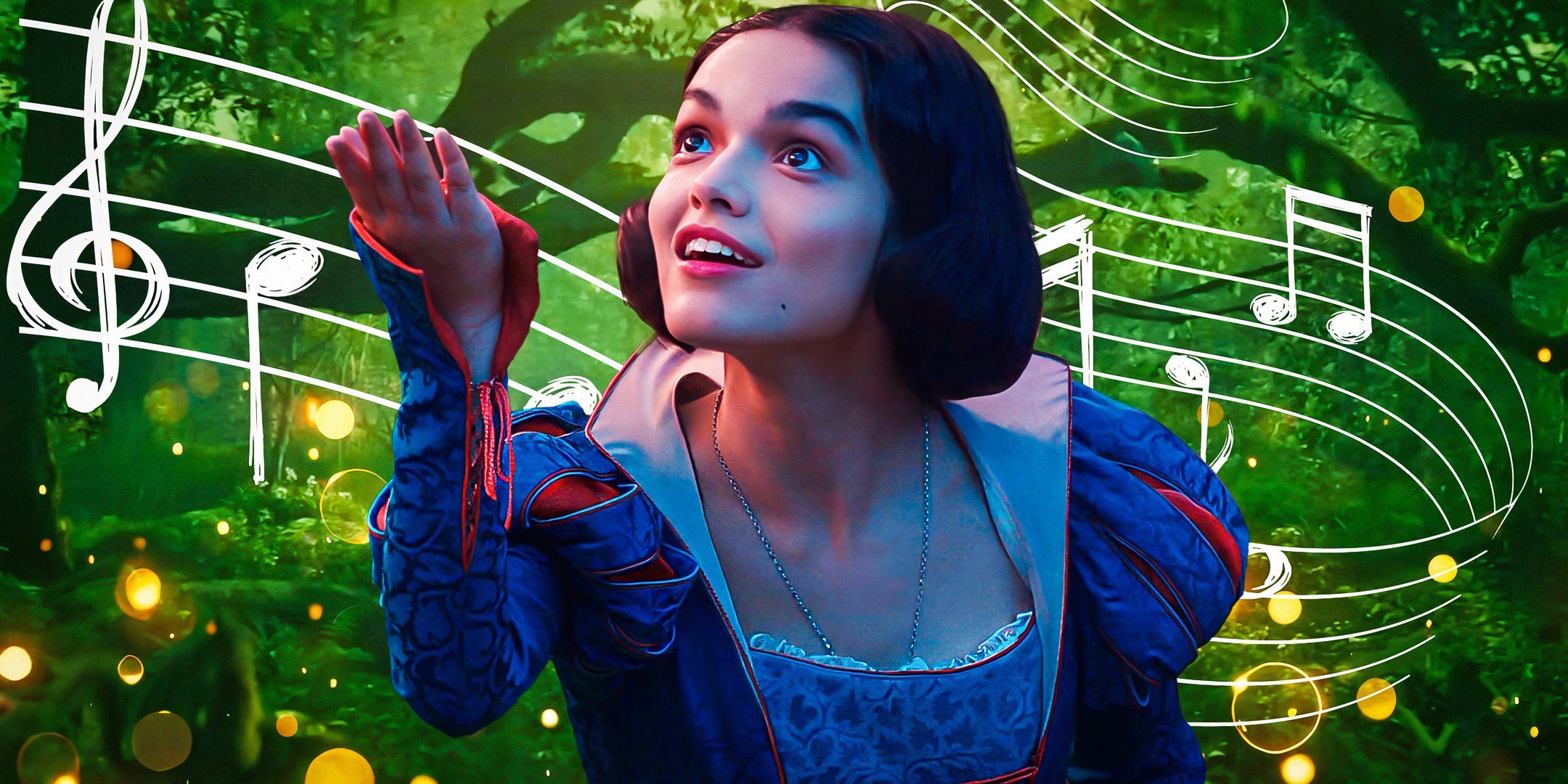
Related
Snow White Soundtrack Guide: Every Song & When They Play In Disney’s Live-Action Remake
Snow White’s soundtrack features some new versions of classic Disney songs, as well as a few key additions to the legacy of the original.
Disney has managed significant improvement in this regard, as evidenced by the casting of actors like Zegler or Halle Bailey in The Little Mermaid. However, in both movies, some of the supporting actors fell short in their vocal performances. Snow White was Gal Gadot’s first musical role, which meant that the Evil Queen’s new song wasn’t as spectacular as it could have been. Disney’s live-action movies must prioritize vocal talent as much as its animated projects do.
4
A Live-Action Remake’s Visuals Must Justify The Switch From Animation
What’s The Point If It’s Not Even More Beautiful?
One of the benefits of animation is that anything that could possibly be imagined can be brought to the screen. Even a movie as old as Snow White and the Seven Dwarfs features breathtaking visuals thanks to the meticulous detail put into every cell of animation. This is a bit trickier with live-action since sets must be constructed or CGI utilized. There were several gorgeous scenes in Snow White, but many others lacked the whimsical artistry of the animated versions.
The Little Mermaid was criticized for a similar reason. The original animated movie was bright and colorful, but the live-action version fell completely flat in comparison. Aladdin and Beauty and the Beast were lovely, but Mulan and Dumbo were grey and uninteresting. Though live-action should typically look more realistic, taking a colorful masterpiece and watering it down to create a dull imitation doesn’t justify the effort it took to adapt.
3
Some Live-Action Remakes Are Too Faithful To The Original Disney Movie
A Live-Action Remake Must Add Some New Value
Significant changes to a movie’s story or themes when adapting to live-action is often frowned upon, as evidenced by Snow White. However, Disney has proven that being too faithful to the original is also a problem. The lowest-performing live-action remake yet is 2022’s Pinocchio, which has only a 27% on Rotten Tomatoes and was criticized for bringing nothing new to the classic movie.
Without anything new added to the story, the live-action Pinocchio was rather dull to watch. It was questioned why Disney even bothered since this new version brought nothing of value that hadn’t already been achieved by the 1940 animated movie. 2019’s The Lion King also struggled in this regard. The photorealistic remake was better received, with a 51% score on Rotten Tomatoes, but many of the criticisms revolved around the sometimes word-for-word, shot-by-shot similarities between the original and the remake.
2
Disney Has Removed The Childlike Wonder In Some Live-Action Remakes
Disney Is Trying Too Hard To Please The Adults
Disney’s animated movies have always been targeted primarily at children, and the live-action remakes are meant to be the same. This is evident in a project like Snow White, which is likely to be enjoyed by young audiences more than older ones. However, another of Disney’s common pitfalls is making the live-action remake too dark, gritty, and overtly aimed at adult audiences.
One example of this is Mulan. The live-action remake eliminated colorful characters like Mushu and Cricket, and the colorful action sequences were far more serious and drab. Similarly, the Dumbo remake lacked the classic silliness of the animated movie and became a standard Tim Burton movie that would leave many children bored and disinterested. Even in Snow White, the thematic changes were made to please adults, so these plot points mean nothing in the way of childlike wonder. It’s critical that Disney remember that the target audiences must remain the same.
1
Disney’s Live-Action Sequels Have Struggled To Perform
Sequels Haven’t Been Worth The Investment
There’s a clear trend within the last decade of Disney live-action movies—sequels fall flat compared to the original live-action remake. Maleficent claimed a fair 54% on Rotten Tomatoes, while Maleficent: Mistress of Evil dropped down to 39%. Alice in Wonderland managed a 51% score, while its sequel, Alice Through the Looking Glass, only earned a 29% critic score. It seems that when Disney made a successful remake, it assumed that a brand-new sequel would do just as well.
The only example of a successful sequel to a live-action remake is 2024’s Mufasa: The Lion King, which has a 57% critic score on Rotten Tomatoes (compared to the 51% earned by its 2019 predecessor). The difference here is that the 2024 movie doubled as a prequel that retroactively provided more context to The Lion King. Disney’s repeated failures with live-action sequels are concerning, but if the House of Mouse picks up on the trend, future projects could be an improvement. Of course, this won’t helpSnow White much, but perhaps learning from the past can make these many disappointing movies worth it.
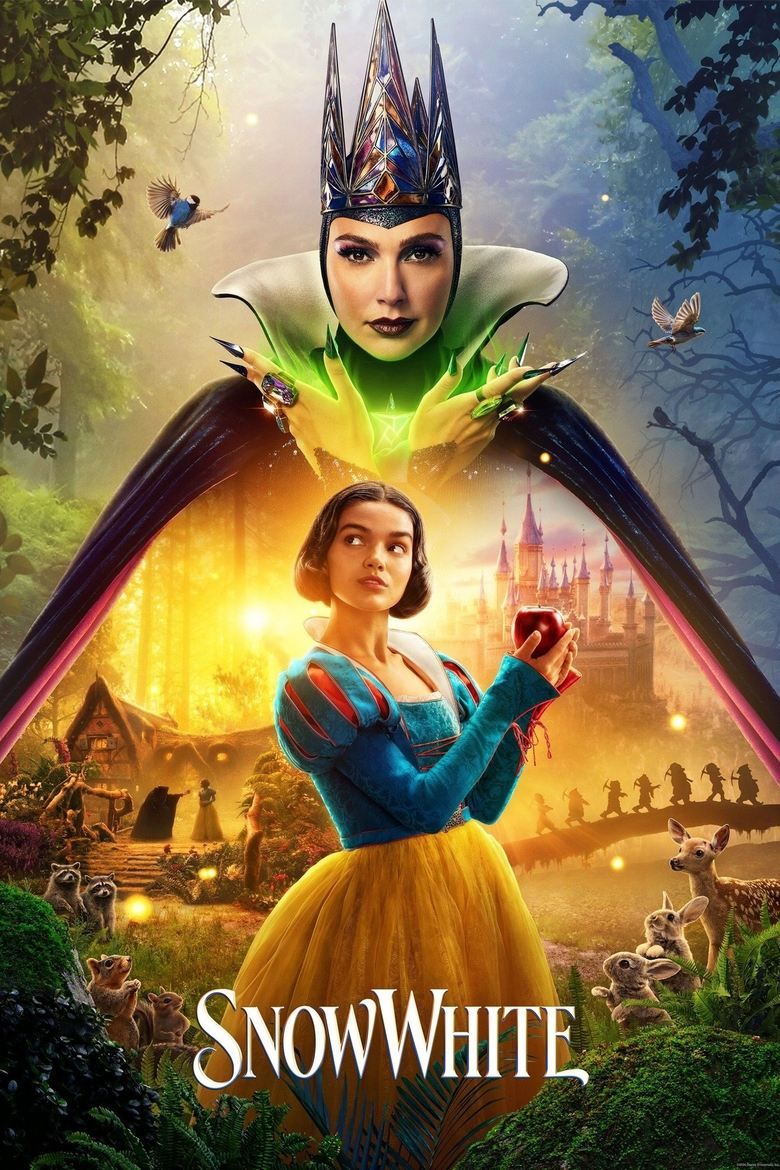
Snow White
- Release Date
-
March 21, 2025
- Runtime
-
109 Minutes
- Director
-
Marc Webb
- Writers
-
Erin Cressida Wilson, Wilhelm Grimm
- Producers
-
Callum McDougall, Marc Platt
